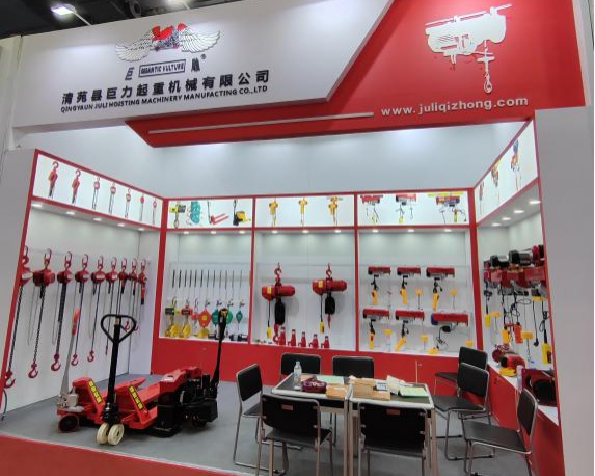


Understanding the Price of 3 Ton Chain Blocks
The chain block, also known as a chain hoist or block and tackle, is an essential tool in the lifting and material handling sector. Among various capacities, the 3-ton chain block is particularly popular due to its versatility and efficiency in lifting loads around construction sites, warehouses, and other industrial applications. Understanding the pricing of 3-ton chain blocks involves considering several factors, including design, manufacturer reputation, material quality, and market demand.
Factors Influencing Price
1. Material Quality The construction materials used in making chain blocks significantly affect their price. Generally, chain blocks made from high-quality steel are more expensive than those with inferior materials. Stainless steel chain blocks, for instance, are more prevalent in environments prone to corrosion and moisture; thus, they carry a premium price due to their durability and longevity.
2. Brand Reputation Established brands with a strong market presence often command higher prices because they provide reliable and well-tested products. A reputable manufacturer invests significantly in research and development, ensuring that their chain blocks meet rigorous safety and performance standards. Consequently, while their products may cost more upfront, they often contribute to lower long-term operational costs due to their reliability.
3. Features and Specifications Chain blocks come with various features that can influence their price. For example, some higher-priced models may include additional safety features such as overload protection, while others might have a more ergonomic design for easier handling. The gear ratio, lifting height, and speed can also factor into pricing – the more specialized the product, the higher the price point is likely to be.
4. Market Demand and Supply The supply chain dynamics also play a crucial role in pricing. In times of increased demand, such as during construction booms or following natural disasters, prices can rise. Conversely, during economic downturns when demand decreases, prices might fall. Seasonal trends, import tariffs, and global economic conditions can further influence prices.
Average Price Range

The average price of a 3-ton chain block can vary significantly depending on the aforementioned factors. Generally, you can expect to pay anywhere from $100 to $300 for a reliable chain block. On the lower end of the spectrum, you may find basic models that adequately perform for light to moderate lifting tasks. However, for industrial applications where reliability, safety, and performance are critical, investing in a higher-end model is advisable.
Buying Considerations
When purchasing a 3-ton chain block, it's essential to consider your specific lifting needs. Analyze the weight of the loads you intend to lift and ensure the block's specifications meet your requirements. Another vital aspect is the working environment; if your chain block will be used in harsh conditions, opt for models resistant to corrosion and wear. Ensure compliance with any relevant safety standards in your region to avoid potential legal issues.
Maintenance and Long-Term Costs
While the initial investment in a quality chain block might seem steep, consider the long-term costs of maintenance and potential replacements. A lower-quality chain block may save you money initially but could lead to more frequent breakdowns, increased repair costs, and productivity losses. On the other hand, a reliable model is likely to perform consistently without the need for frequent repairs, ultimately saving money over time.
Conclusion
In summary, the price of a 3-ton chain block is influenced by a multitude of factors including material quality, brand reputation, specific features, and market dynamics. By understanding these elements and carefully evaluating your lifting needs, you can make an informed decision that aligns both with your budget and operational requirements. This approach ensures you invest in a tool that not only meets your immediate lifting demands but also serves reliably over the long term.



